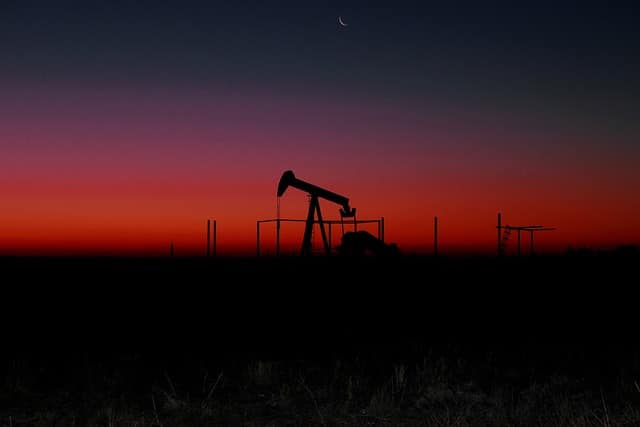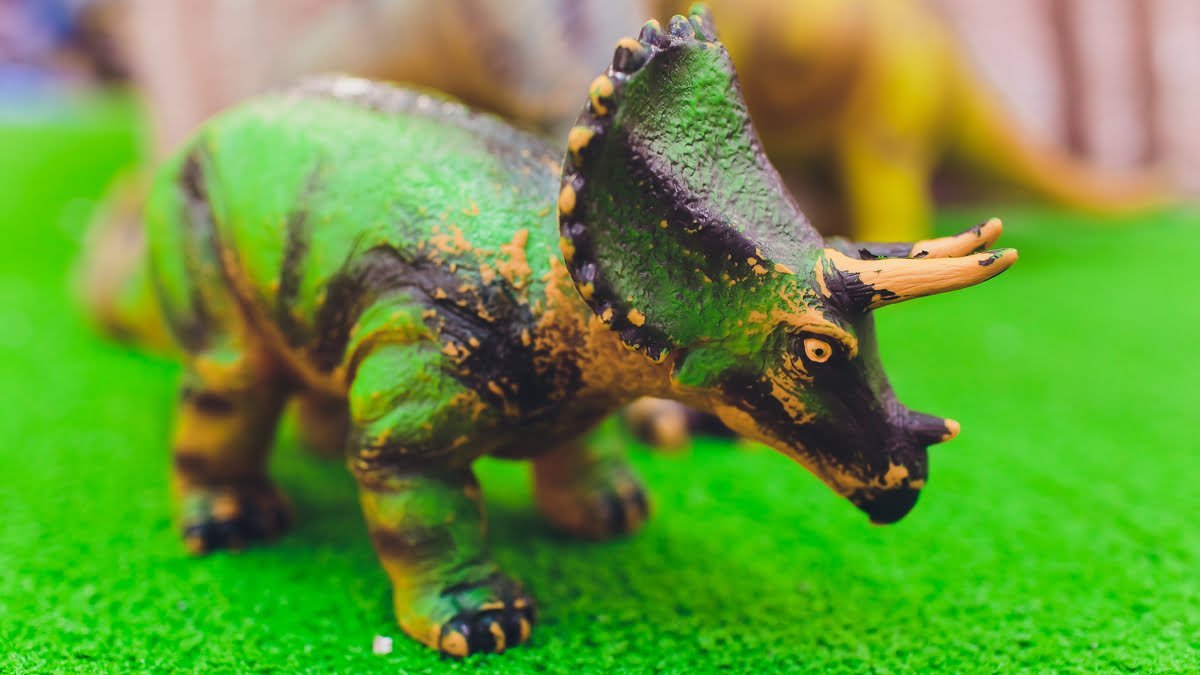We’ve all seen the meme suggesting that since plastics are made from oil, toy dinosaurs are made from real dinosaurs. Pretty ironic, right?
The belief that plastic dinosaurs came from the remains of ancient ones is amusing, but are plastic dinosaurs made from real ones? While it’s true that plastics include petroleum products such as crude oil, natural gas, and sometimes coal in their formulation, dinosaurs were not a part of the process.
Some may find the revelations hard to accept after growing up believing this myth. The truth is the process of petroleum development is just as fascinating without the dinosaurs.
Fossil fuel development started during an age when the earth and the life forms that inhabited the planet were very different from what they are today. While fossil fuels do not come from dinosaurs, they come from more ancient life forms.
What Are Fossil Fuels?
Despite the name, fossil fuels are not fossils by definition. While fossil fuels come from organic material, they do not consist of identifiable remains of any particular organism.
Rather, they are comprised of large scores of decomposed plants and animals. See this Britannica article to learn more about this distinction.
Fossil fuels come from organic material, primarily plankton and plant matter. They began as aquatic life, which included plants, plankton, microorganisms, bacteria, and microalgae living in the oceans.

After their death, they settled at the bottom of the oceans, where they decayed. Over time, they turned into liquids.
Dead sea life, like shellfish and other animals, settled near the decaying micro-organisms and plants. Layers of silt, peat moss, and other debris settled over them, eventually preserving and fossilizing the remains. There is a brilliant graphic that explores this process in this article provided by the Smithsonian.
Through the ages, the buildup of materials buried them deeper, creating pressure and heat. The decayed materials with their carbon and other compounds, broke down at a molecular level, creating a substance that we can burn for energy today.
Varying amounts of heat and pressure created three types of fossil fuels we know as coal, natural gas, and oil. The fossils of plankton decomposed into oil and natural gas and plants turned into coal.
Modern oil exploration depends on locating these “fossils,” called index fossils, as they are commonly found near oil deposits. Index fossils are useful for dating rock layers to determine what else may be found in a location.
Still have questions? We have another article that explores index fossils in greater detail. Check it out after reading this.
We have another article that explains how scientists determine the age of a fossil. There Matthew explores a few different dating methods.
The resulting fossil fuel deposits are some of the ingredients used in making plastics and other products within the petroleum industry. This serves as the basis for the myth that plastic dinosaurs came from real dinosaurs.
Could Dinosaurs Have Contributed to Fossil Fuels?
Most of the fossil fuels we burn today date back to the Paleozoic Era, which predates the dinosaurs. Further, you now know that most of these oils came from ocean deposits.
This suggests dinosaurs had little or nothing to do with the development of fossil fuels. Dinosaurs lived on dry land.
Some of the creatures briefly ventured into the waters, and some were semi-aquatic, but dinosaurs were not adapted for ocean life.
Marine reptiles, often mistaken for dinosaurs, did dominate the oceans and inevitably decomposed there, though in a much lower volume than plankton and algae. In another article, we covered how like the dinosaurs, these aquatic reptiles went extinct at the end of the Cretaceous.
It’s likely that some dinosaurs ended up in the oceans after death and would constitute some fossil fuel, but this would amount to only a fractional amount compared to the total quantity of oils that have formed over time.

You may be wondering why some oil deposits are found on dry land when they’re the product of ancient marine life.
Remember that the earth continues to change and shift beneath over time. Areas that were once ancient oceans millions of years ago have shifted dramatically.
Tectonic movements beneath the earth’s crust caused massive upheavals that moved the deep deposits upwards. This shifting of the earth exposes oil deposits. We can confirm that areas of land were once oceanic environments by using index fossils.
Dinosaur fossils do not serve as index fossils near oil deposits. There is no evidence to connect them with the development of fossil fuels. So why do people believe this?
Where Did The Myth of Dinosaurs Becoming Fossil Fuels Originate?
In the 1930s, Sinclair Oil used the dinosaur logo to advertise its petroleum products. While their famous dinosaur logo, cleverly named “Dino,” seemed to suggest that their oil came from dinosaurs, Sinclair never made this claim.
The Brontosaurus mascot signified that Sinclair used older oils, which were better performing. If you’d like a more complete history of Dino’s storied career at Sinclair Oil, they have a useful article on Dino’s history.
The company sponsored dinosaur exhibits at the Chicago World’s Fair in 1933, perpetuating the myth that dinosaurs had a role in the creation of oil. People formed opinions based on the association of dinosaurs with fossil fuels.
In 1936, the Sinclair dinosaurs made another appearance in my home state of Texas. The Texas Centennial Exposition was held to celebrate 100 years of independence from Mexico in 1836. This event garnered national exposure, further enhancing the public image of Sinclair’s dinosaurs.
The exhibit became even larger in scale in 1939 at the New York World’s Fair. This was one of the largest and most expensive fairs ever held at the time.
Dino reached a new level of status in 1963, appearing in Macy’s Thanksgiving Day Parade. The following year, he returned to New York’s World Fair with some new friends.
The 1964 Dinoland exhibit showcased 9 different dinosaur animatronics. Joshua Ellingson’s blog shows off these fiberglass models along with audio narration. Sadly, many of these animatronics have been badly damaged, and the Ornitholestes has been stolen.
There is a great book about the Sinclair dinosaurs, titled: The Exciting World of Dinosaurs, Sinclair Dinoland, New York World’s Fair 1964-65. While it’s more promotional than informative, I think it will interest you as a historical marketing brochure.
While the Sinclair Oil brand predates the Internet, it’s the most likely origin of the myth that dinosaurs produced fossil fuels. In another article, we cover dinosaurs in the media and how portrayals by companies often frame the public image of dinosaurs.
We know that the dating processes confirm that the petroleum deposits predated the age of the dinosaurs. Though dinosaurs were around for at least some of the time when oil deposits were formed, their contributions were rare.
Are Plastic Dinosaurs Made From Real Ones?
Sinclair Oil Company left the impression that oil was made from the decomposing bodies of dinosaurs through their logos and public exhibits. Their actions caused a domino effect that spread inaccurate information, though it was never done to intentionally mislead the public.
While the notion that plastic dinosaurs are made from the byproducts of real dinosaurs is a novel and enjoyable thought, you know now that this isn’t true. Don’t let this spoil the fun!
The process of petroleum development is even more fascinating than meets the eye. Oil is derived from living things and they are very, very ancient. Your plastic dinosaurs are an important part of history.
If you enjoyed this topic and learned something new, please share it with others. If you have any other whacky dinosaur myths, share them with us in the comments.


